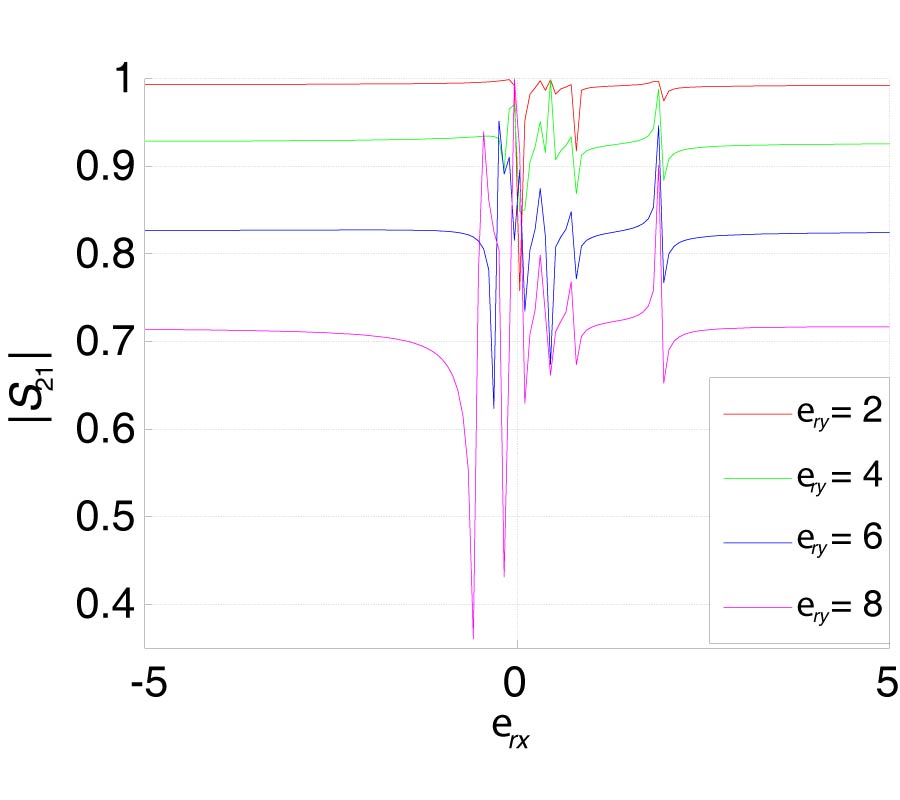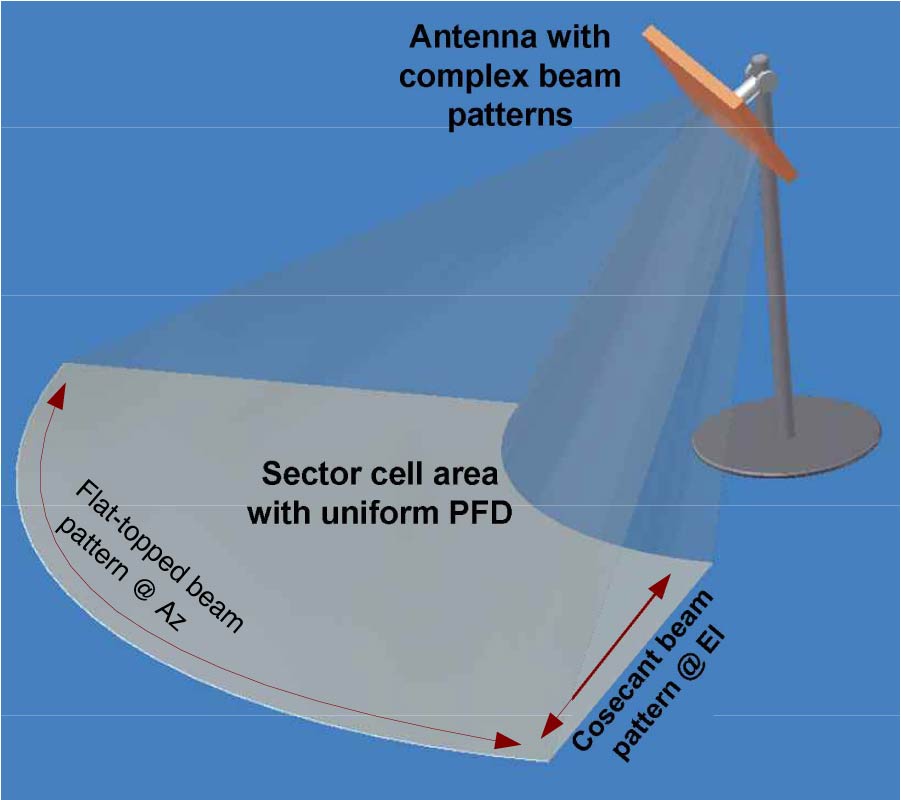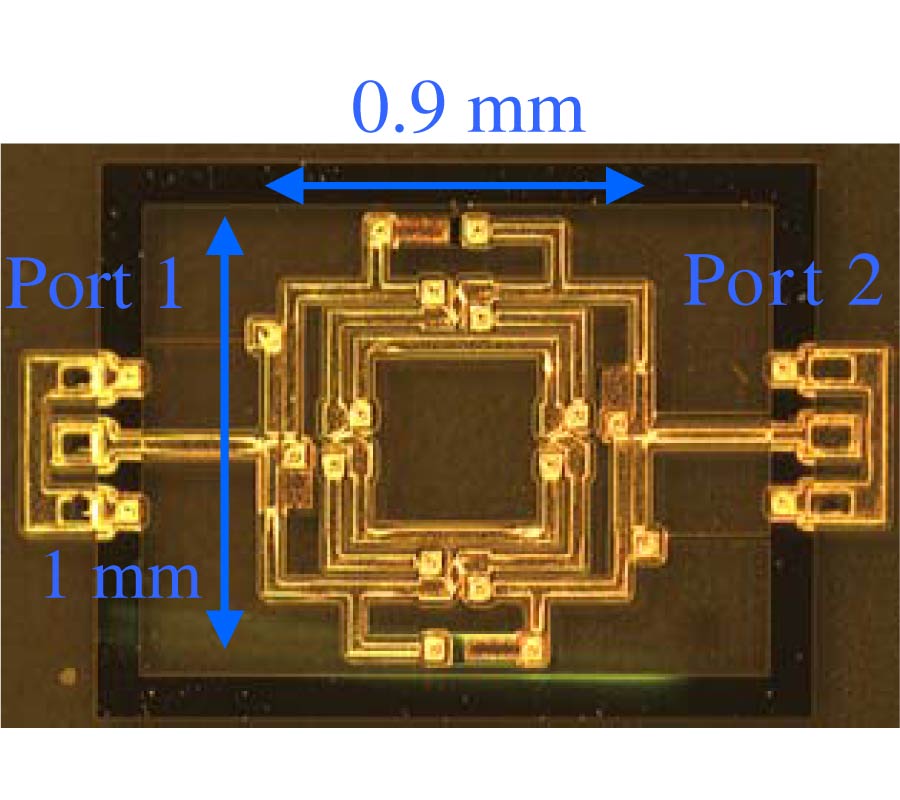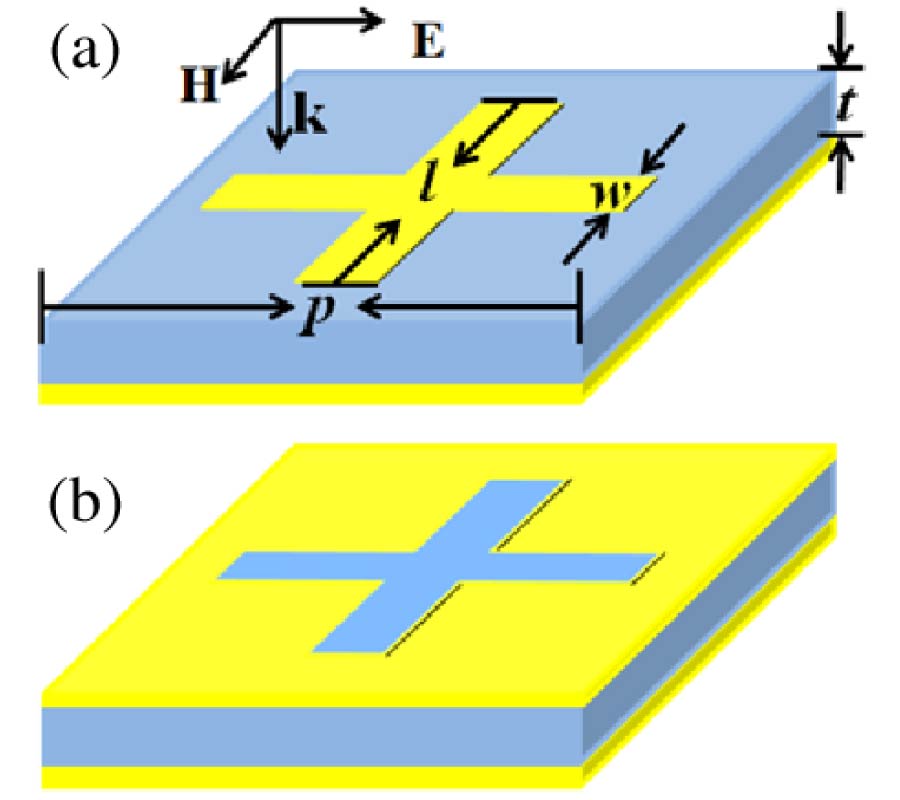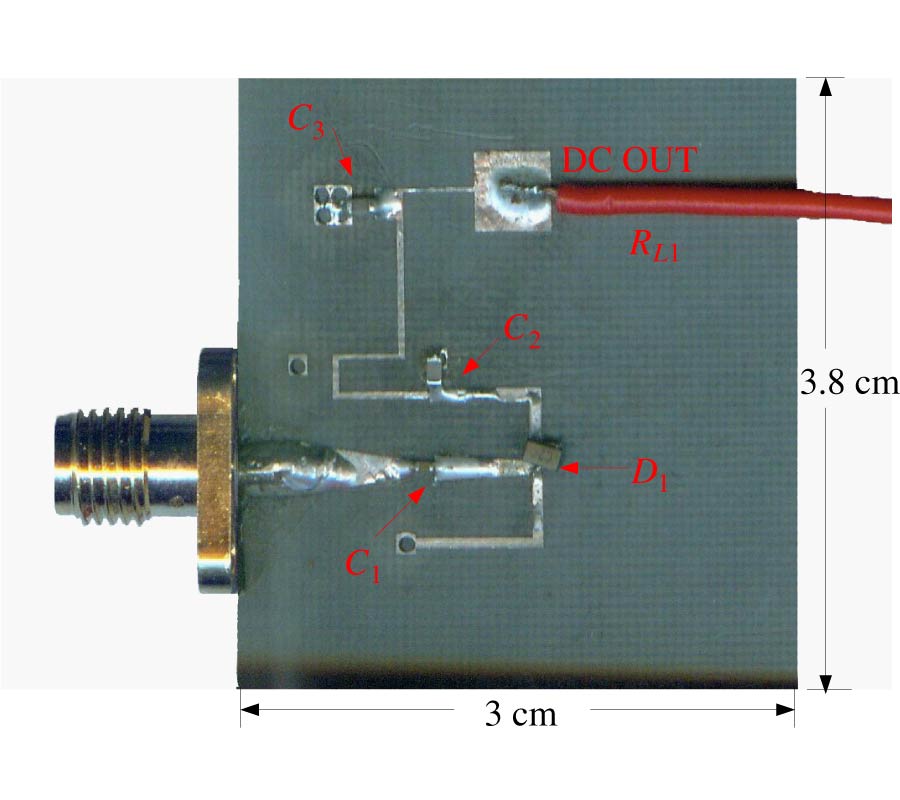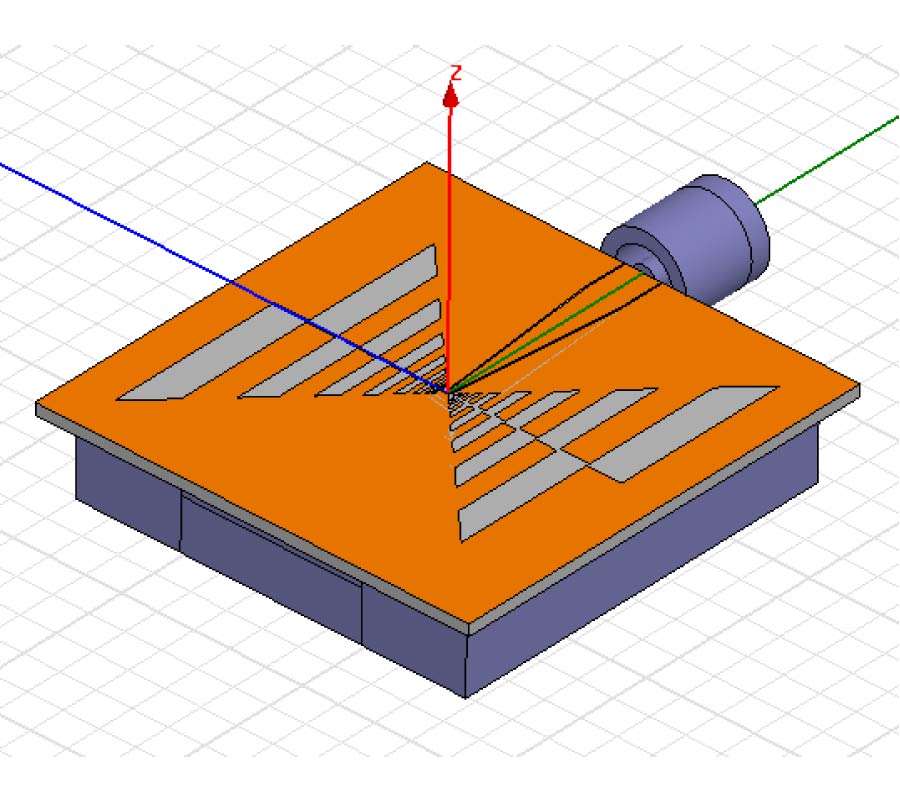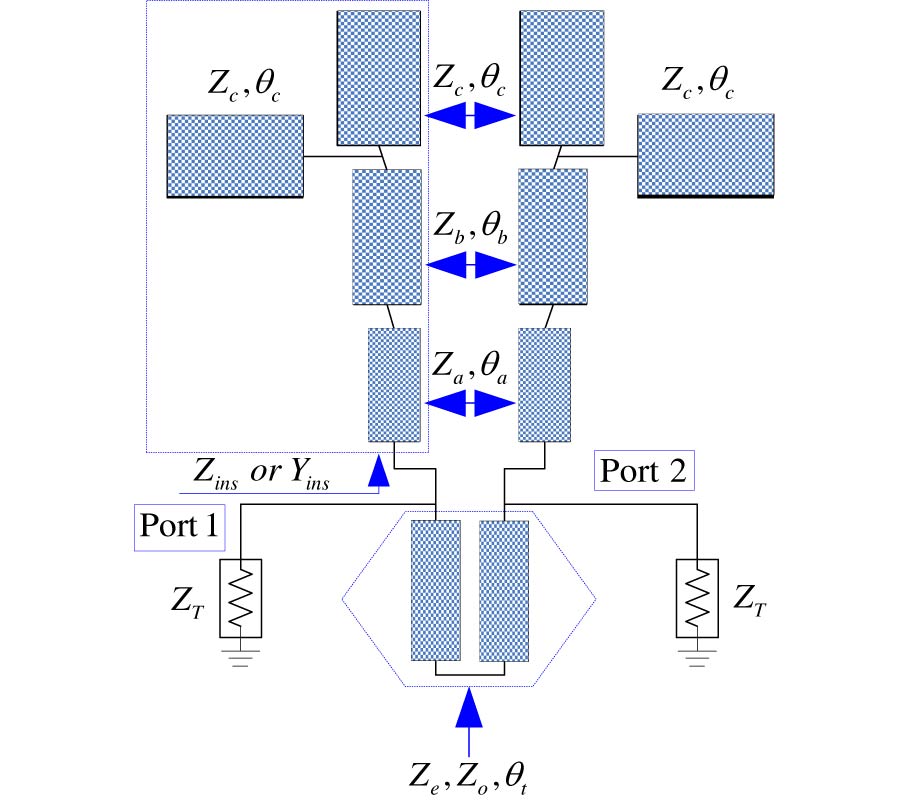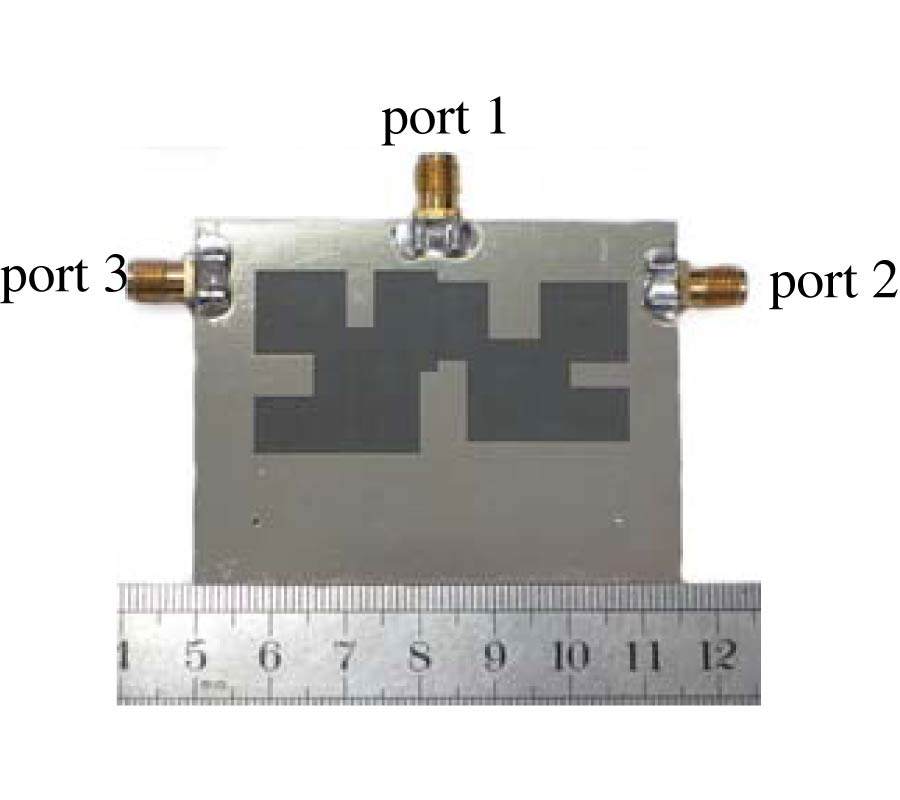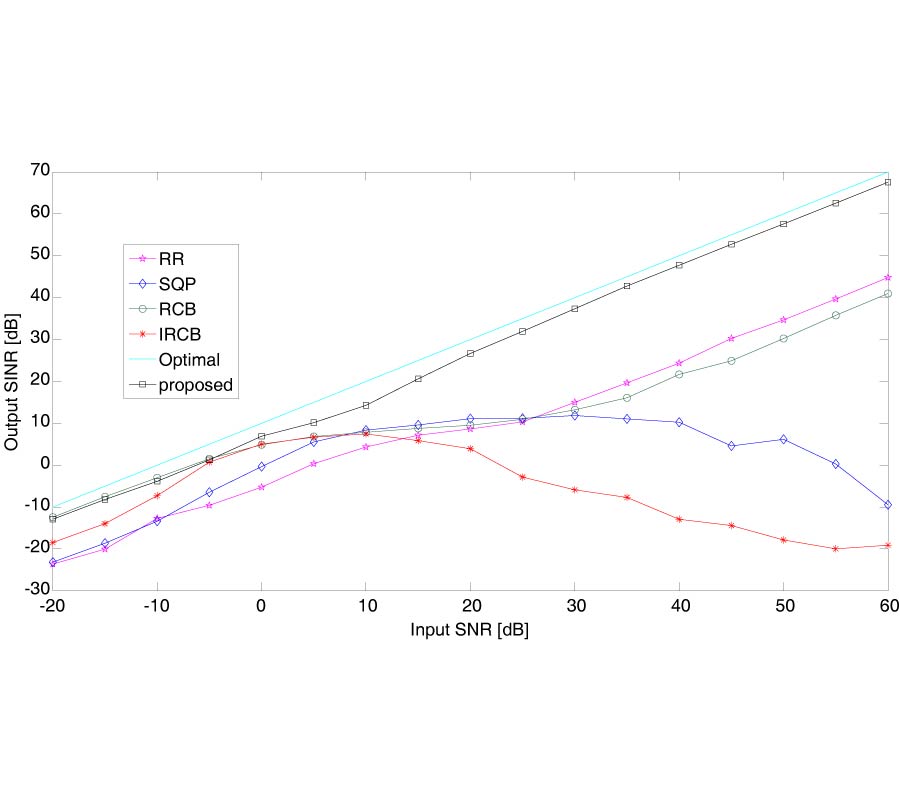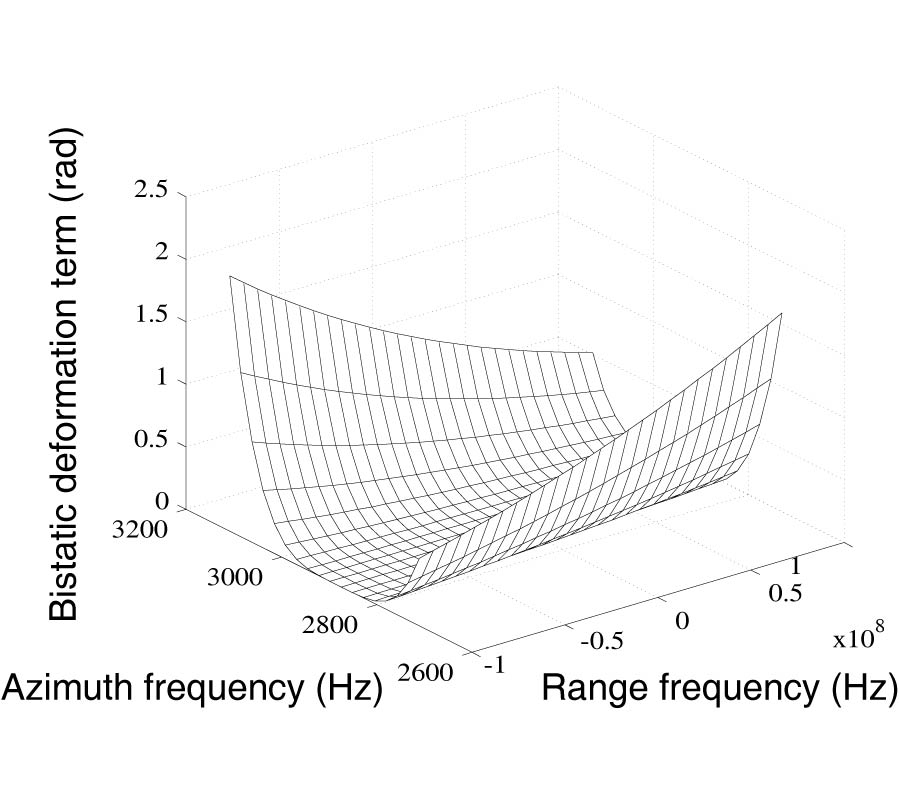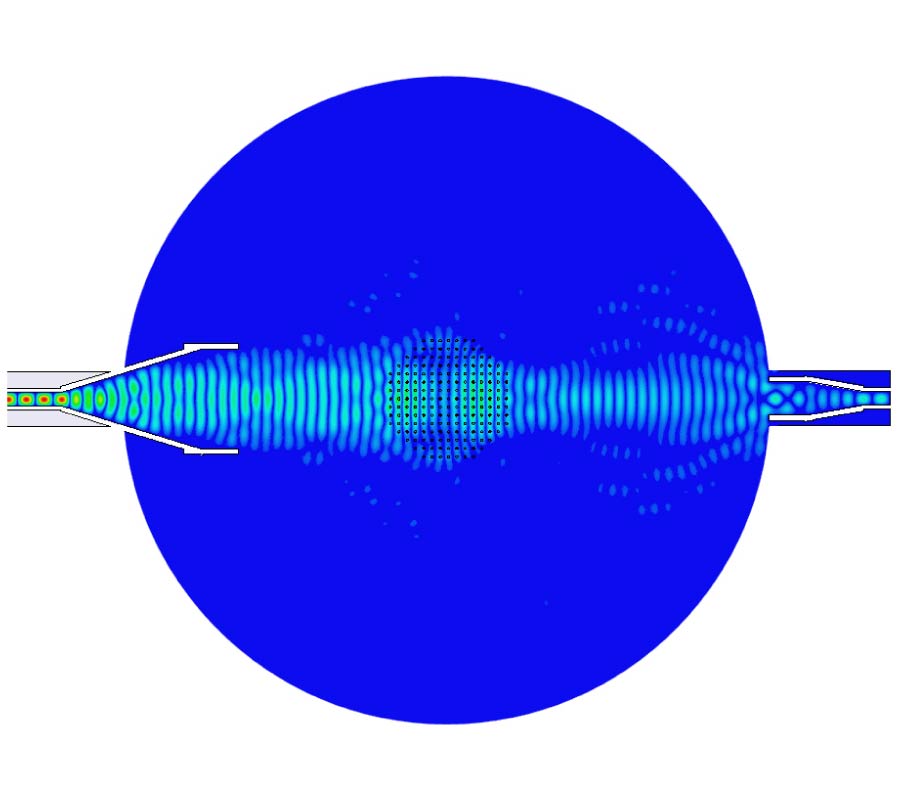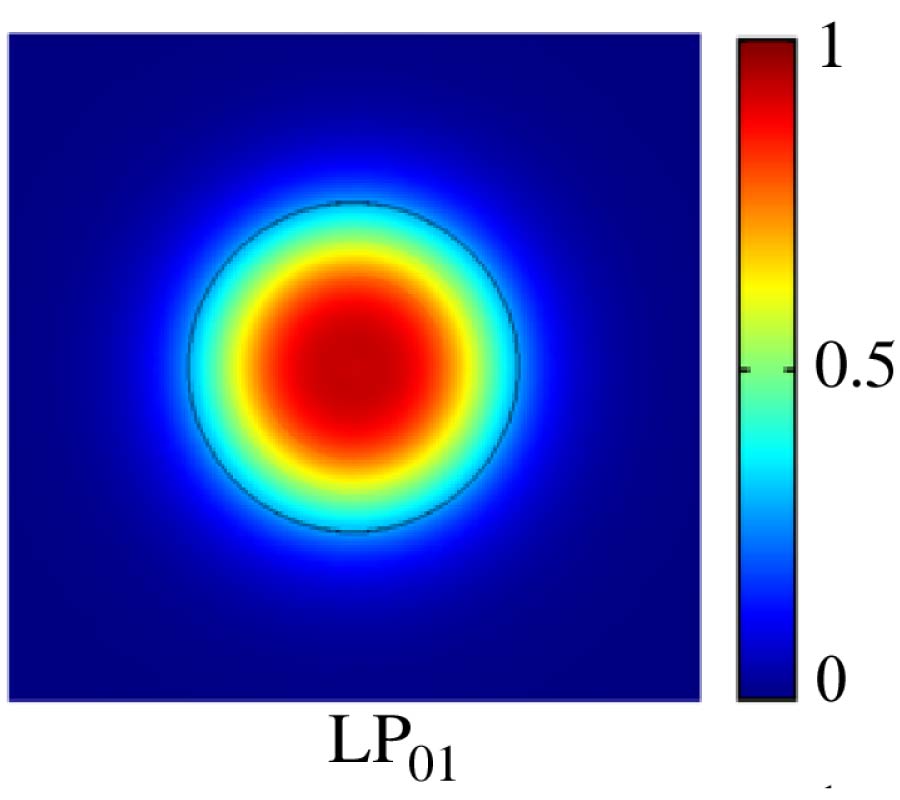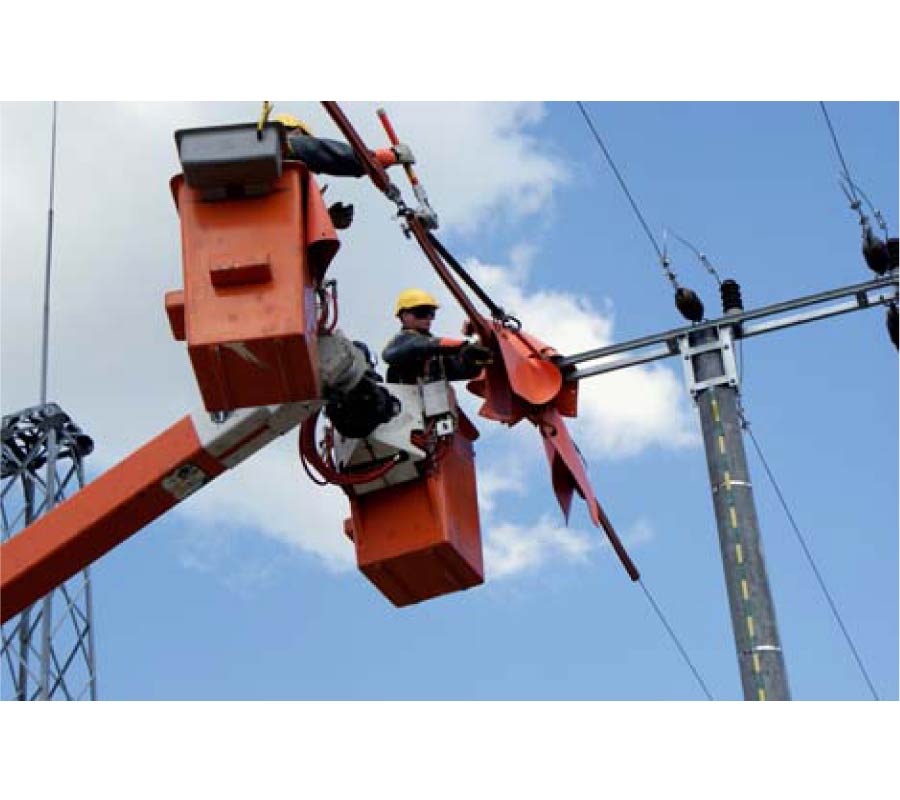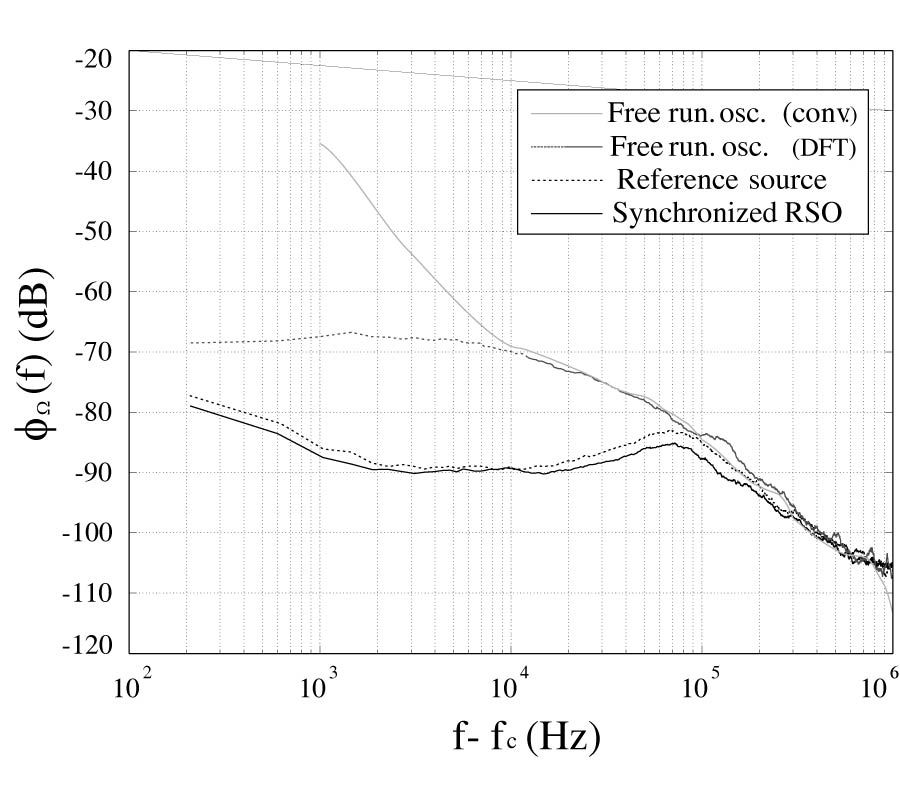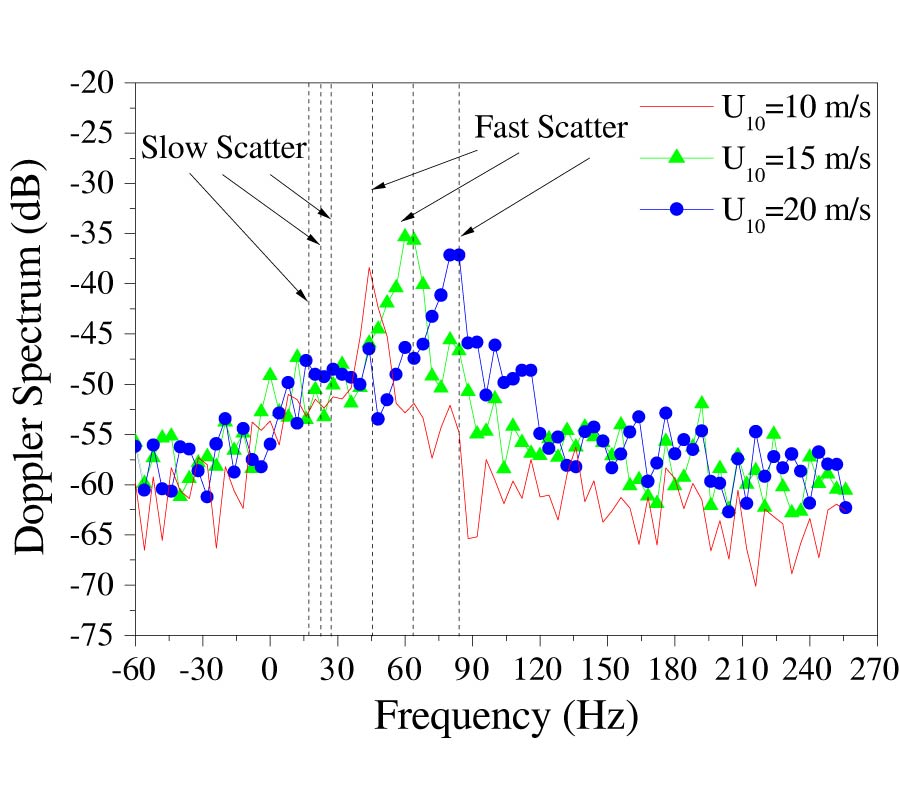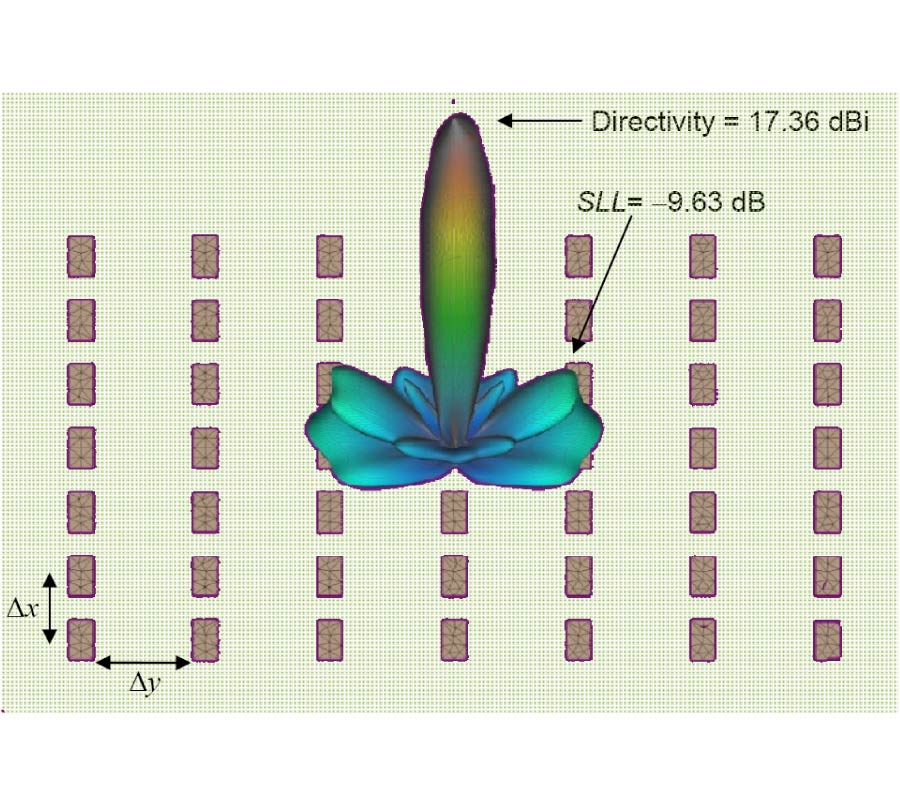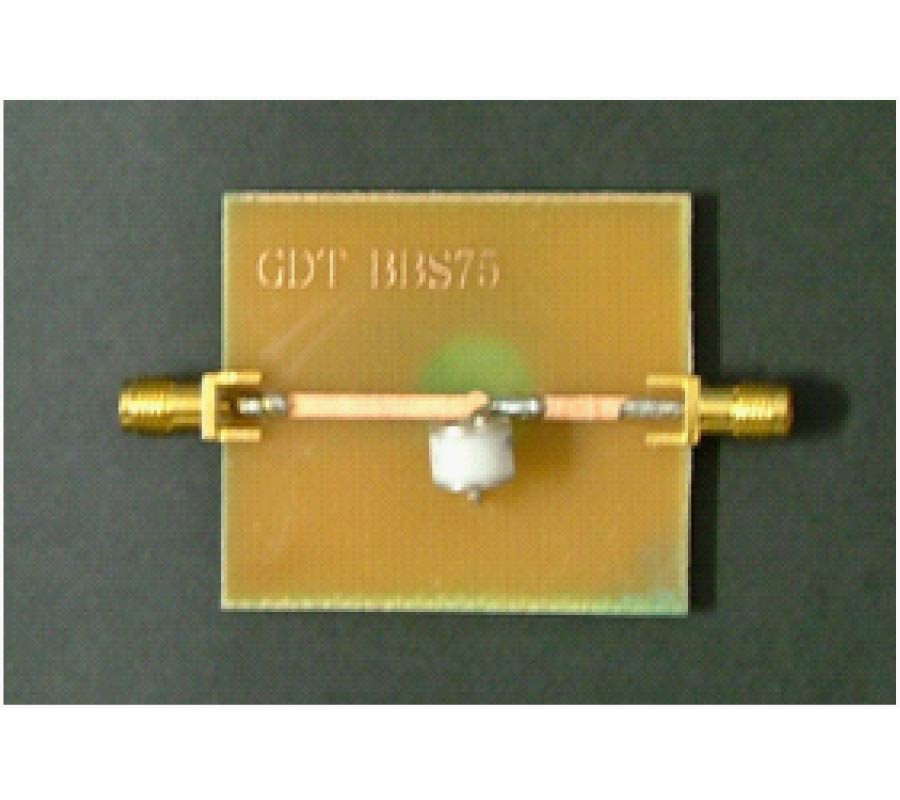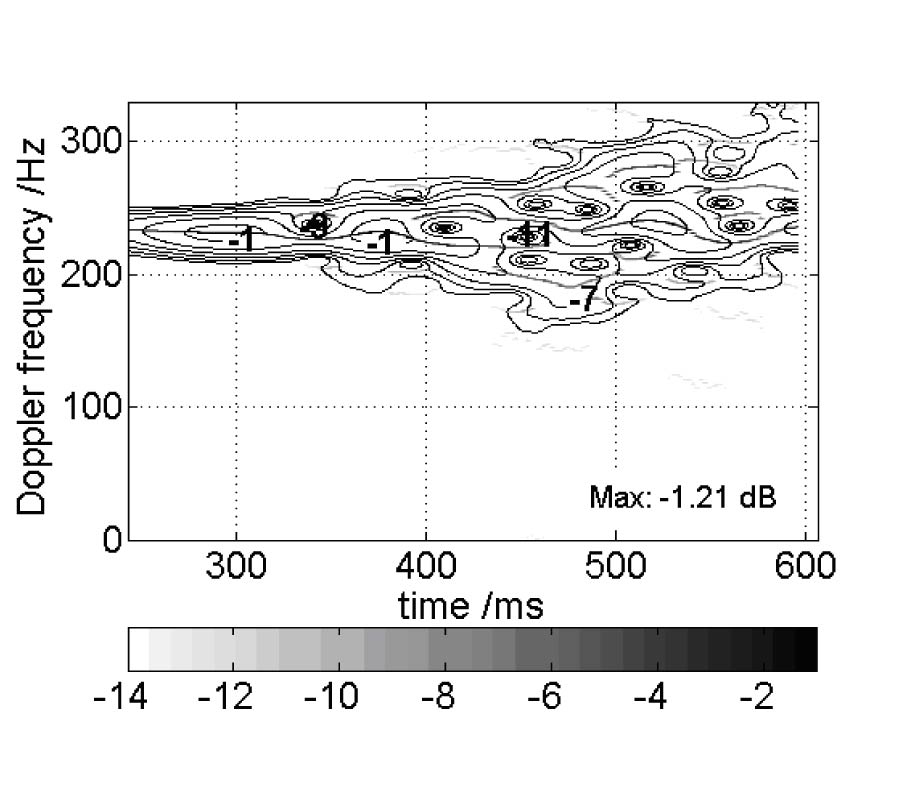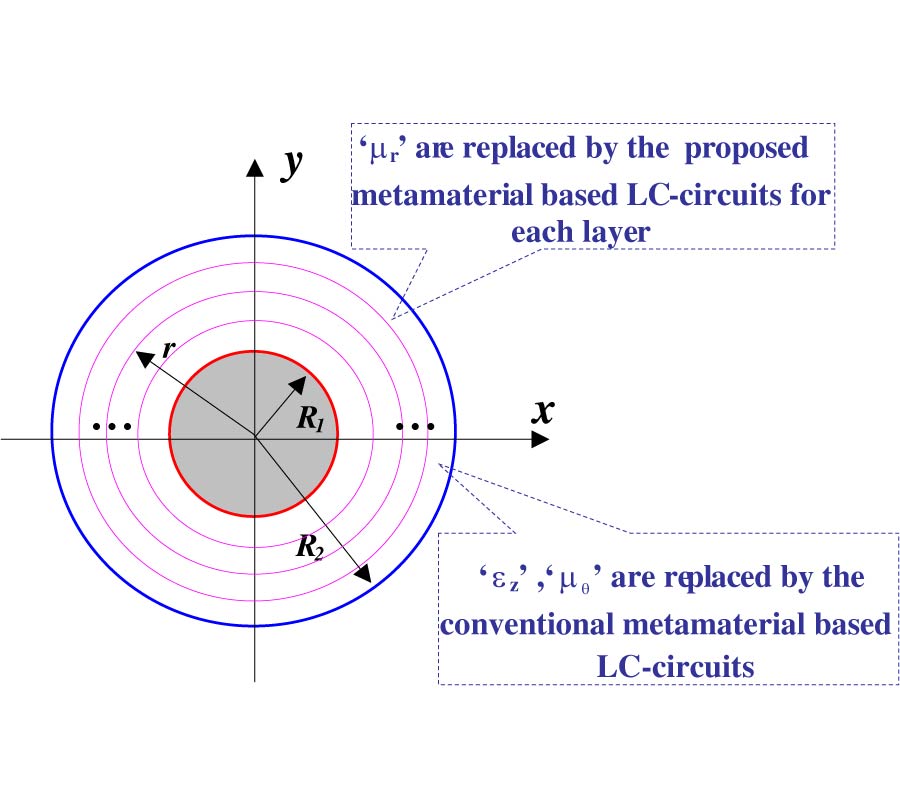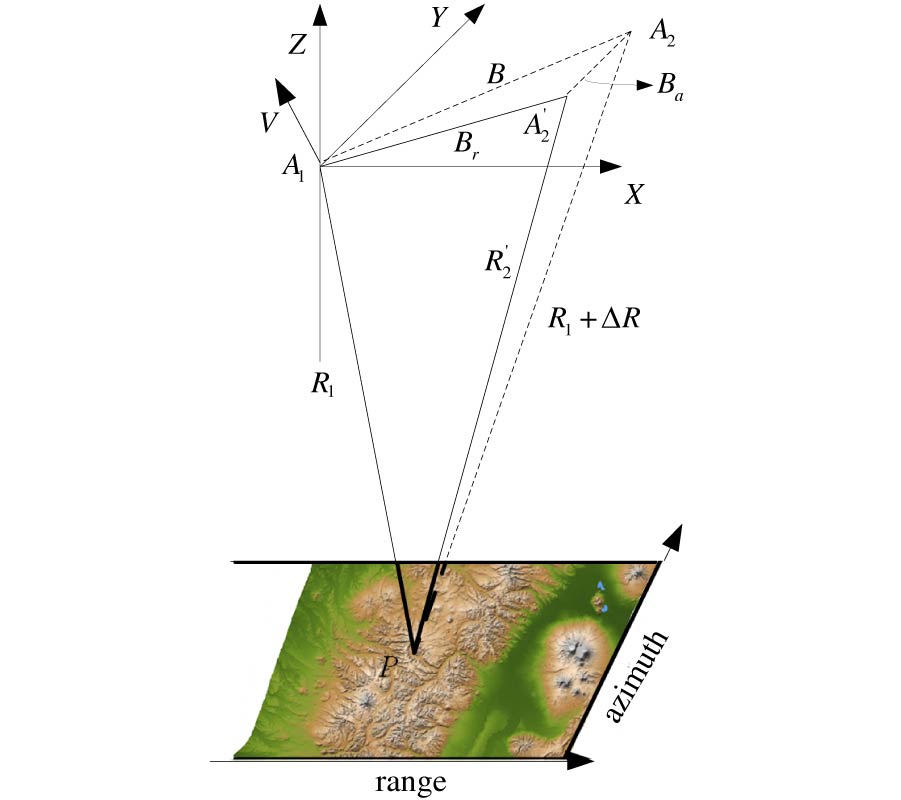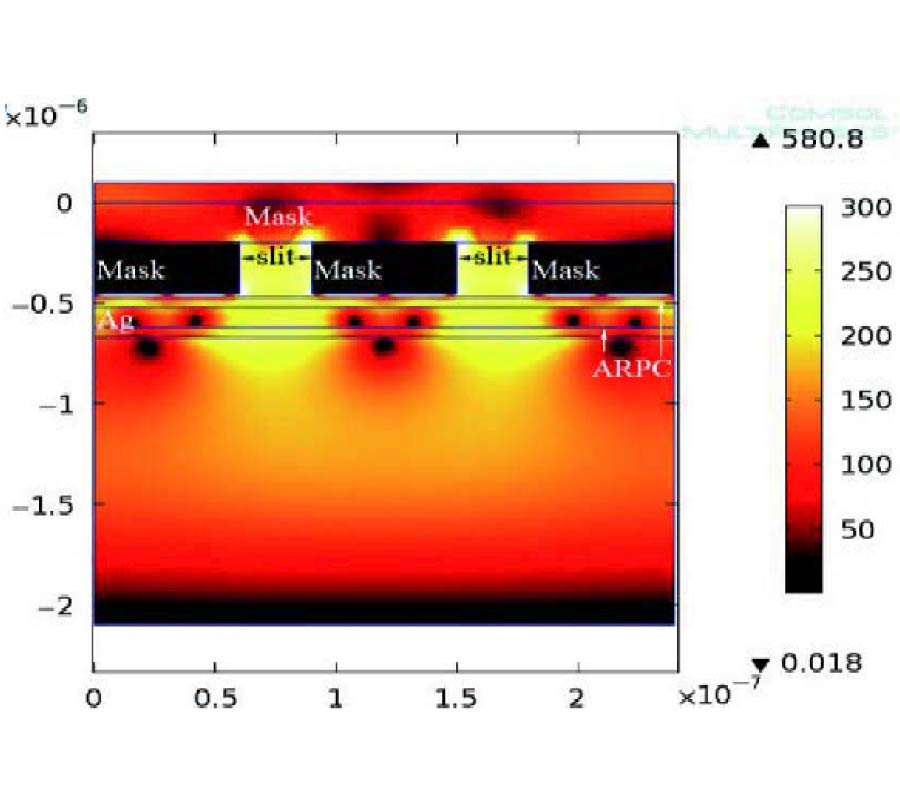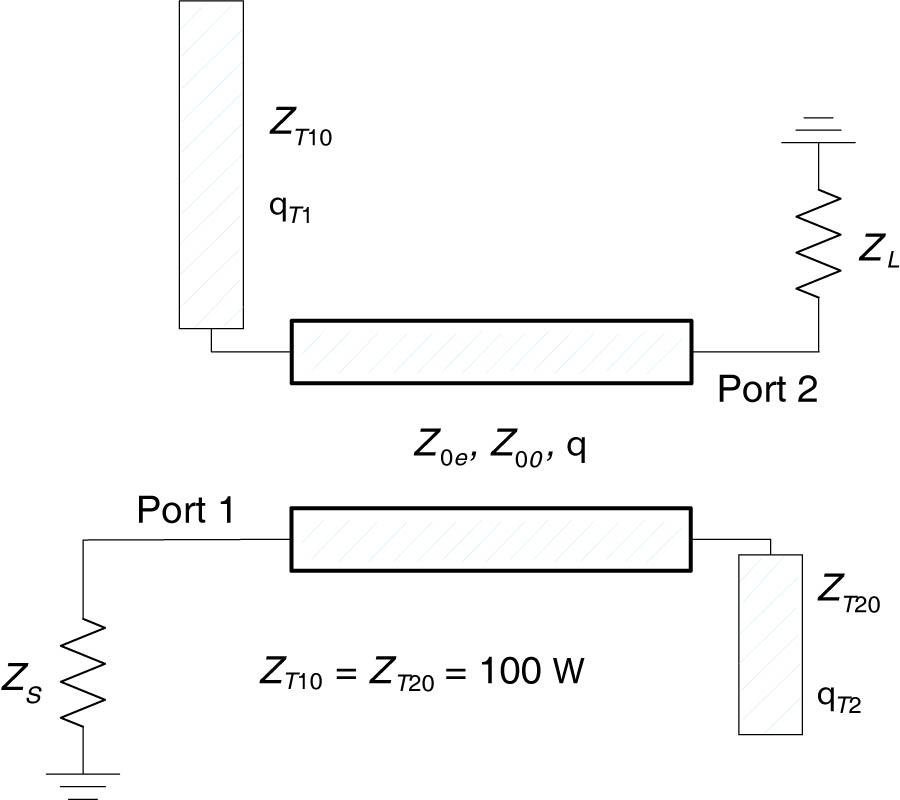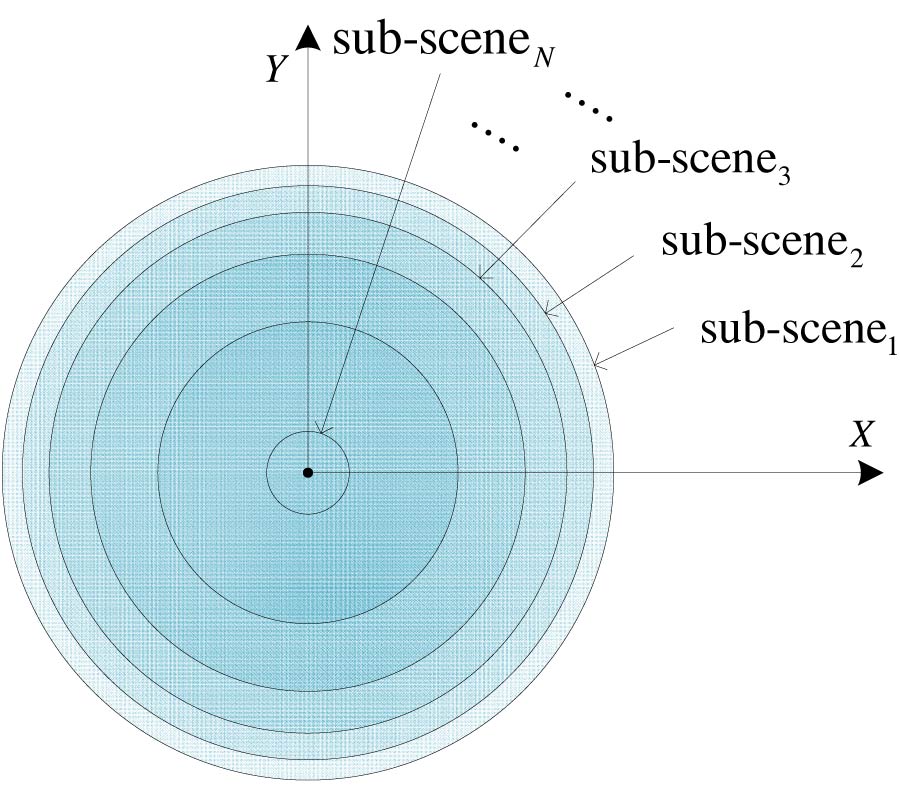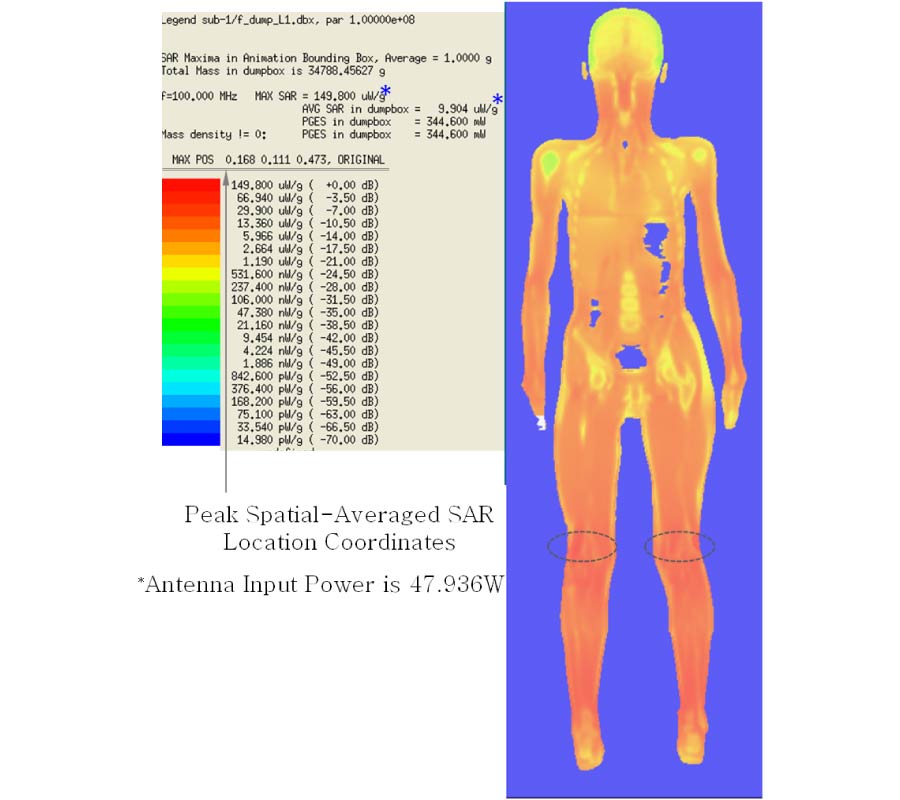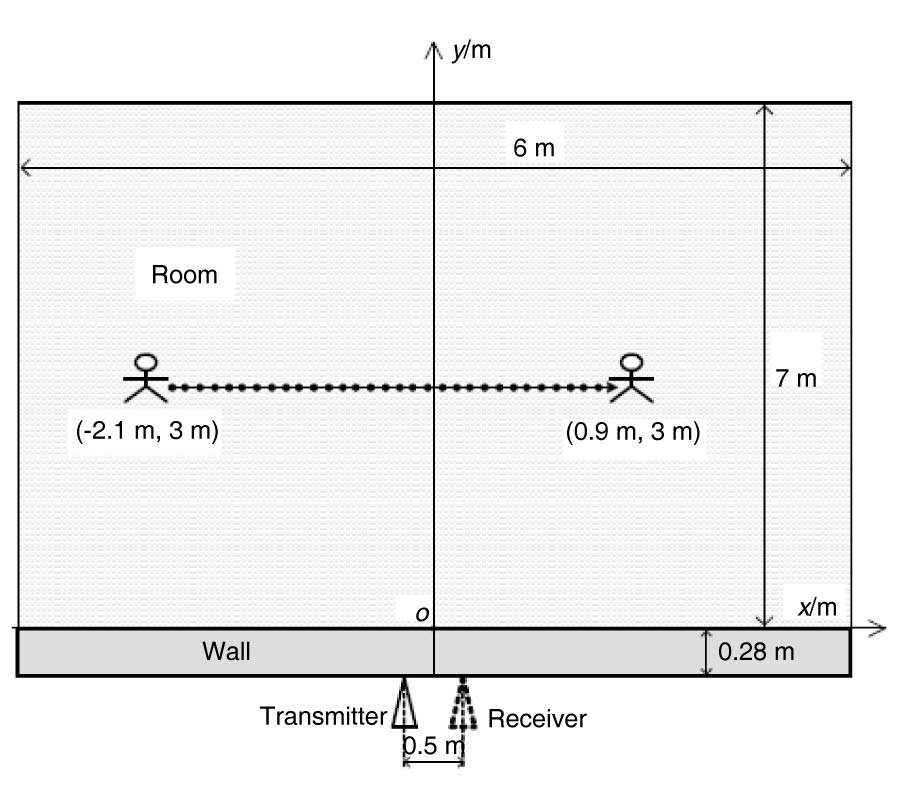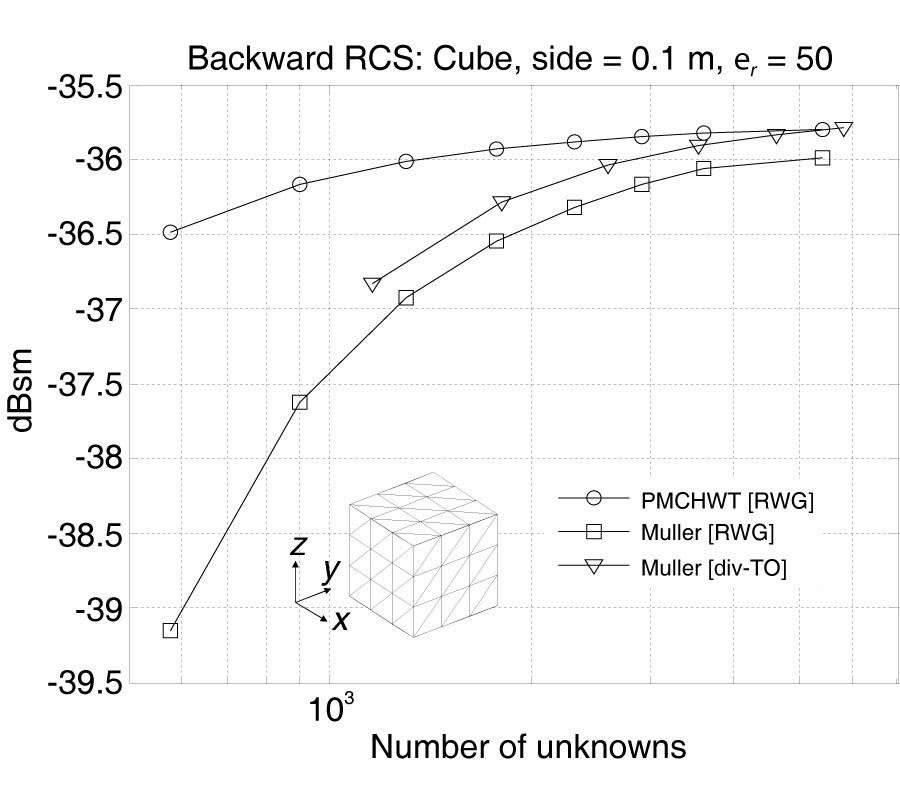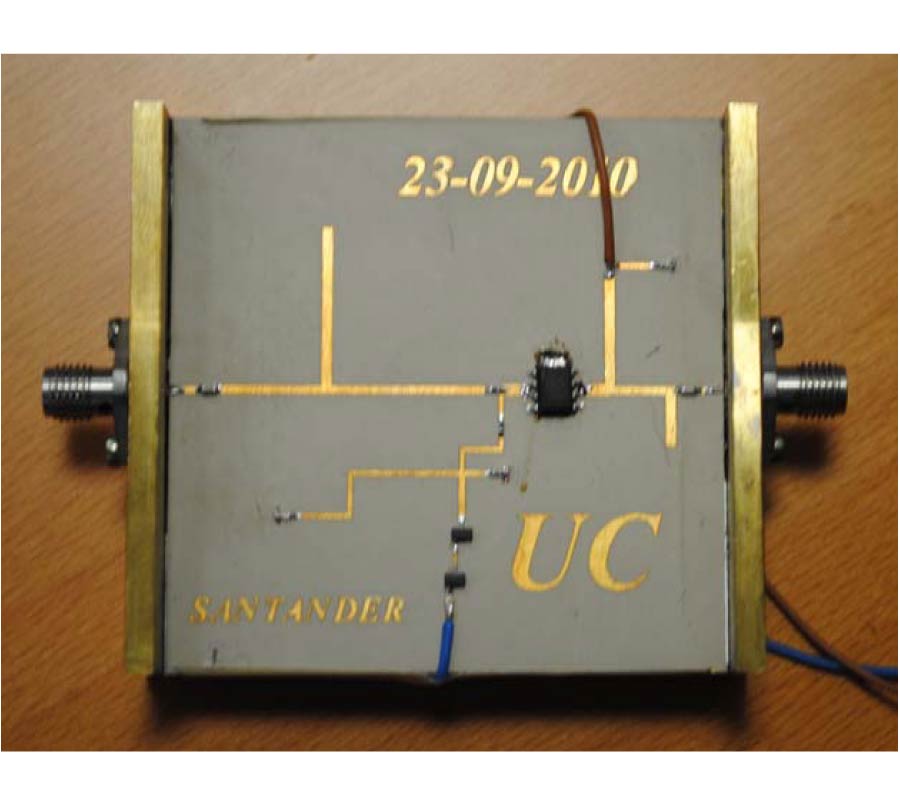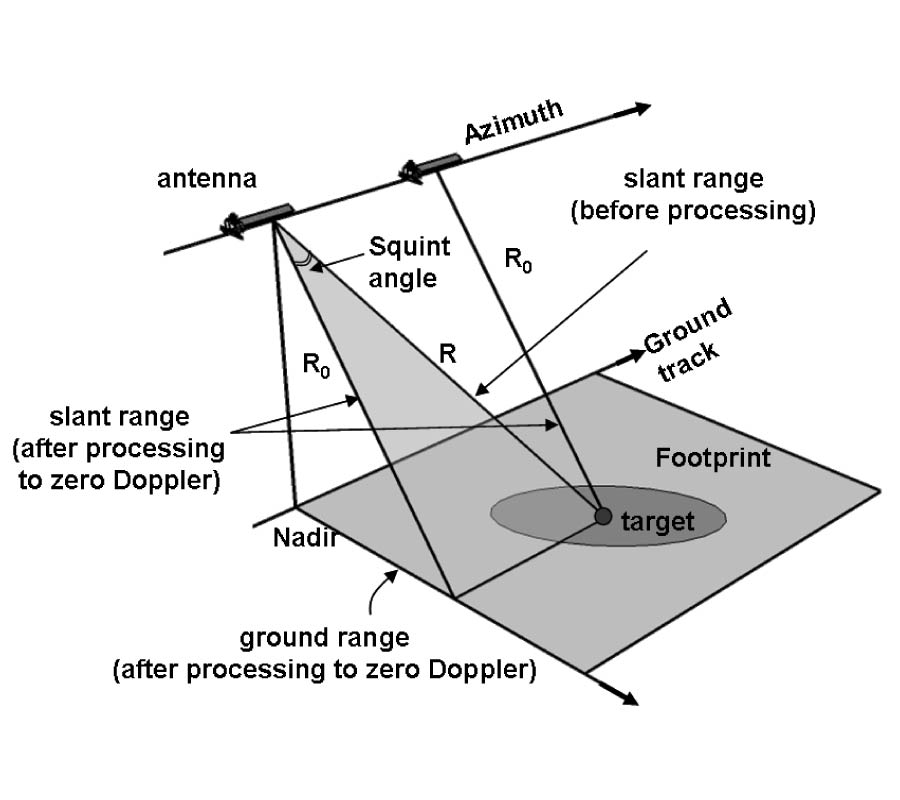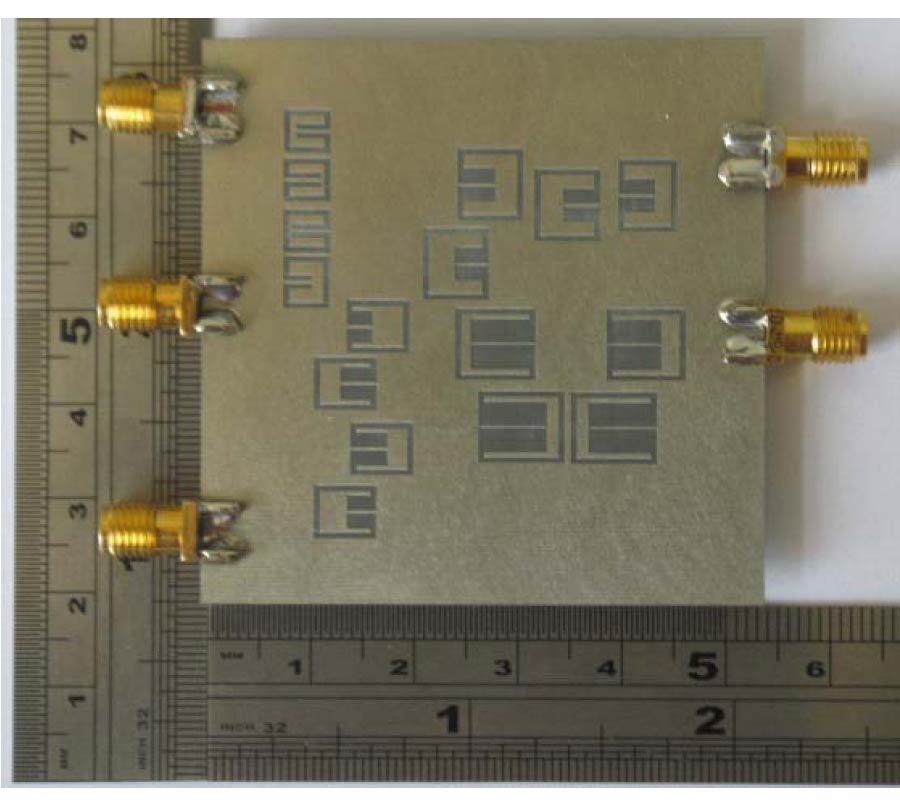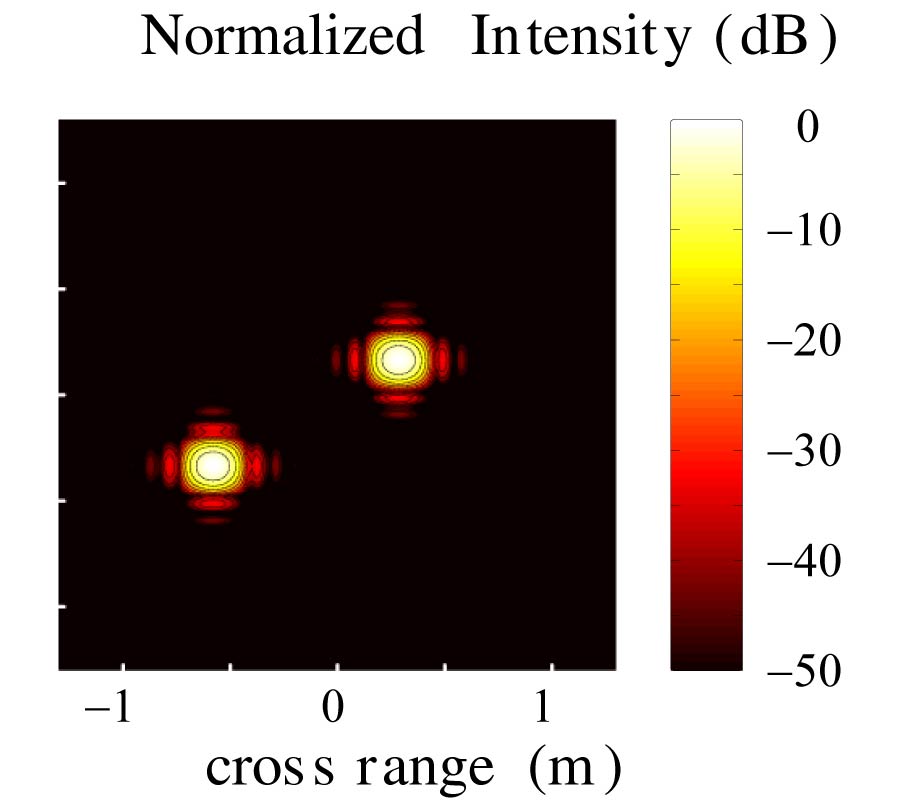A New Look at the Point Target Reference Spectrum for Bistatic SAR
Junjie Wu,
Jianyu Yang,
Yulin Huang,
Zhe Liu and
Haiguang Yang
Focusing bistatic synthetic aperture radar (SAR) data in frequency domain requires two-dimensional (2D) point target reference spectrum (PTRS). Loffeld's bistatic formula (LBF) and the Method of Series Reversion (MSR) have been introduced recently to compute PTRS of bistatic SAR. In this paper, firstly we generalize the original LBF (OLBF) by introducing the Doppler contribution functions of transmitter and receiver. Thus, OLBF and its derivatives (e.g., extended LBF) can be viewed as special forms of the generalized LBF with constant Doppler contributions. Based on this, secondly the ideal LBF (ILBF) with no computing error, except the error resulting from the principle of stationary phase, is also presented. The ILBF reveals that the theoretical PTRS of bistatic SAR consists of only two monostatic terms, but it does not include bistatic deformation term in comparison with OLBF. It supplies us with a target when we deduce the PTRS for bistatic SAR. Finally, to get the precise analytical PTRS for general bistatic SAR, an approximated ILBF (AILBF) is proposed. It expresses the Doppler contributions of the transmitter and receiver as power series and can approach the ILBF very well. AILBF can keep the precision as MSR and inherit a simple form from LBF. In addition, error limit for the validity of bistatic PTRS is also given. The results in this paper can be used to develop imaging algorithms for extreme bistatic (e.g., spaceborne/airborne) and high squint (e.g., bistatic forward-looking) cases.
